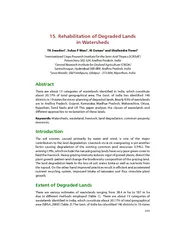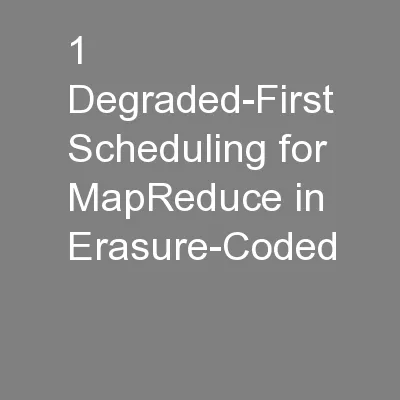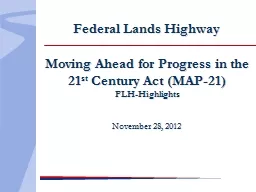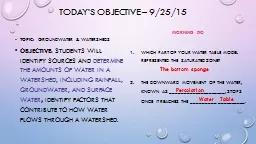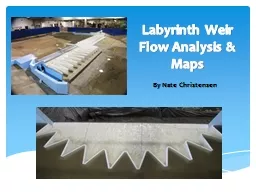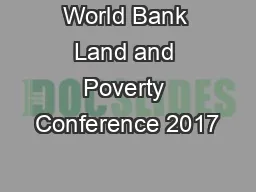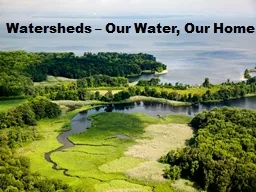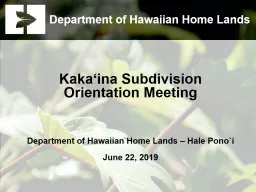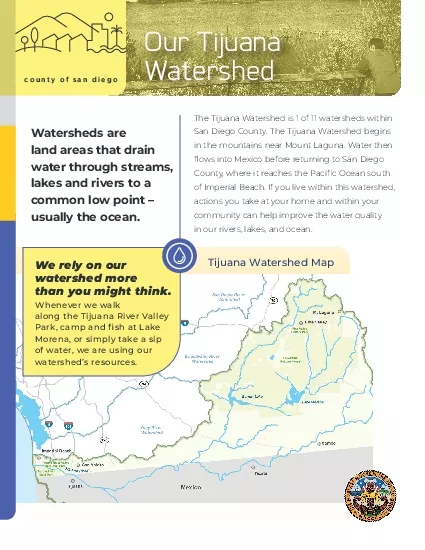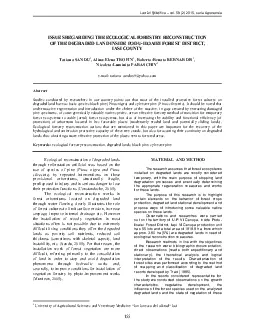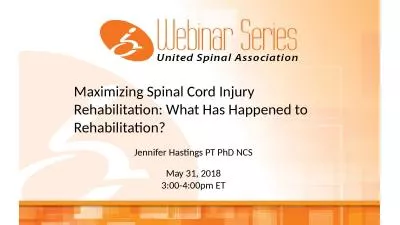PDF-Rehabilitation of Degraded Lands in Watersheds TK Sr
Author : calandra-battersby | Published Date : 2015-05-26
Rehabilitation of Degraded Lands in Watersheds TK Sreedevi Suhas P Wani M sman and Shailendra Tiwari International Crops Research Institute for the SemiArid T ropics
Presentation Embed Code
Download Presentation
Download Presentation The PPT/PDF document "Rehabilitation of Degraded Lands in Wate..." is the property of its rightful owner. Permission is granted to download and print the materials on this website for personal, non-commercial use only, and to display it on your personal computer provided you do not modify the materials and that you retain all copyright notices contained in the materials. By downloading content from our website, you accept the terms of this agreement.
Rehabilitation of Degraded Lands in Watersheds TK Sr: Transcript
Download Rules Of Document
"Rehabilitation of Degraded Lands in Watersheds TK Sr"The content belongs to its owner. You may download and print it for personal use, without modification, and keep all copyright notices. By downloading, you agree to these terms.
Related Documents

